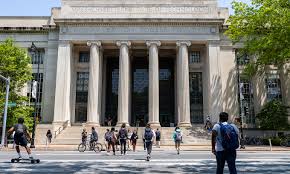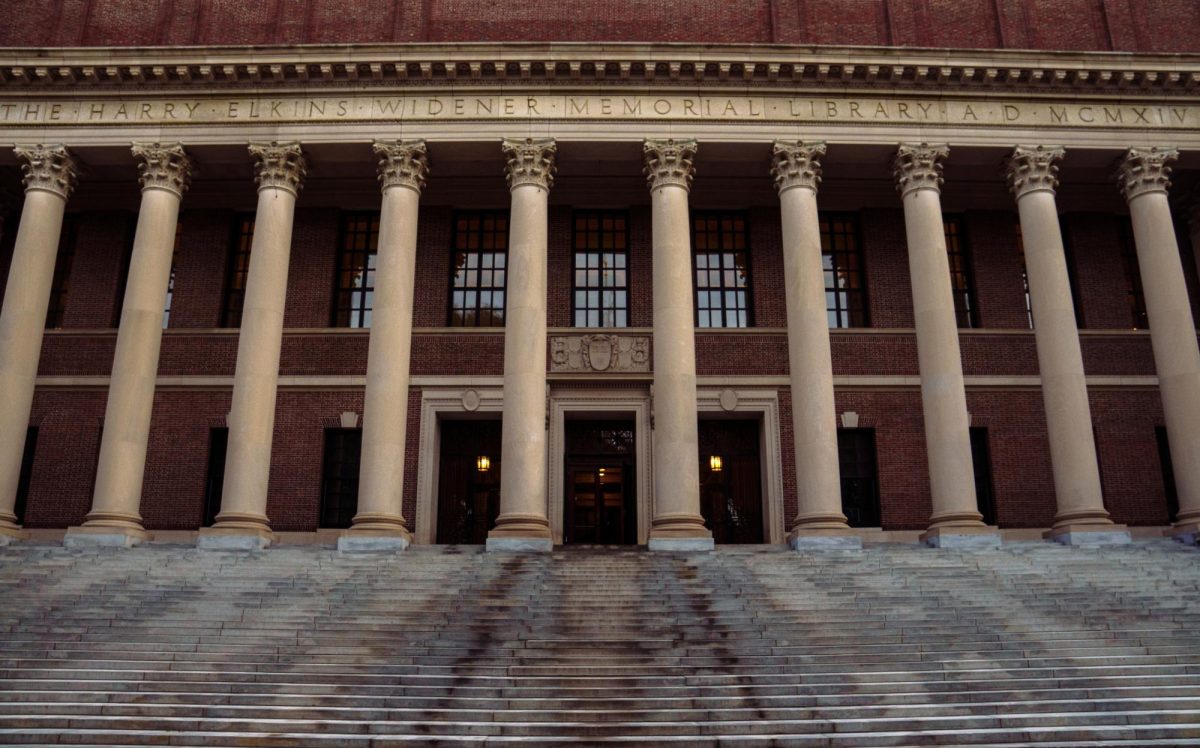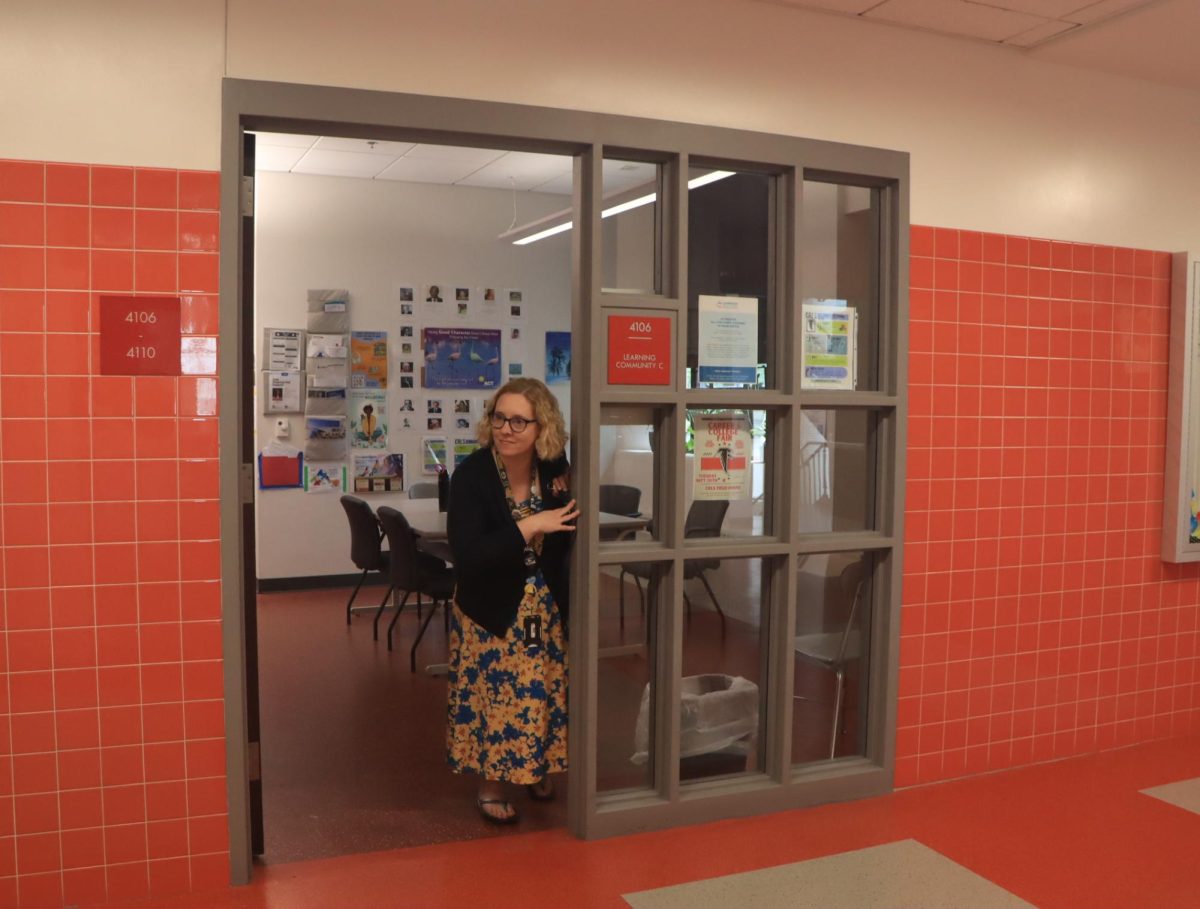
Massachusetts Institute of Technology (MIT)’s latest policy is changing the game for college affordability. On November 20th, 2024, MIT officials announced a new financial aid expansion that significantly increases financial aid benefits for many students. Starting next school year, families with an income of less than 200k can send their children to MIT’s undergraduate program tuition-free. This change aims to ease the economic impact on families and opens doors for students who once thought an MIT education was out of reach.
The Register Forum contacted Stuart Schmill, the dean of admissions at MIT, to learn more about this policy. When commenting on the impacts of expensive tuition, Schmill said, “They see the sticker price and think it is too expensive.” He also added, “Policies like what we just enacted can help communicate that MIT would be affordable for all families.”
The policy has resonated with students like Isabelle Larabee ’25, who was recently accepted to MIT. When addressing the impacts this policy will have on admissions at MIT, she noted that while she doesn’t personally qualify for the policy, for families who do, it would make a high-quality education much more accessible.
Larabee also told the Register Forum, “MIT does not define students based on their socioeconomic status and are virtually need-blind during the admissions process.” She described how this makes MIT diverse by only considering the qualifications of applicants, and increasing access to higher education will further enhance socioeconomic representation within the student body.
Elite schools like MIT have the advantage of significant funding, which allows them to effectively provide relief for families. CRLS guidance counselor Dan Weathersby highlighted that while such policies can be financially advantageous, students must still consider whether the institution is the right fit for their academic goals. “Students may blindly apply to colleges because of these possibilities offered and do not consider other aspects that may be very important when selecting a university, such as location, facilities, or even the school offering the major they would like to study.”
MIT has set a precedent with policies prioritizing financial accessibility, and their impact is becoming increasingly visible. Tools such as net price calculators, now standard on college websites, give families a clearer understanding of costs after financial aid. The competition among elite schools to provide innovative financial aid continues. “It looks good for colleges to publicize initiatives like these, and it reflects their commitment to making education accessible,” Mr. Wethersby added. MIT’s $200K tuition policy is not just a financial decision—it’s a bold statement about the role of higher education in shaping an equitable society. By removing the financial barriers to higher education, MIT attracts students who previously may not have considered it an option, inspiring them to dream big, regardless of financial background. By adopting this approach to education, Schmill says MIT shows “an impressive commitment to making our education financially accessible to everyone.”
This article also appears in our February 2025 print edition.












